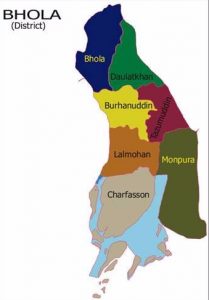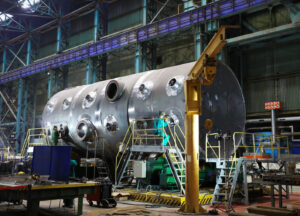Research Institute of Applied Physics & Automation (NIITFA), a subsidiary of Russia’s state nuke power corporation- ROSATOM has successfully used Radiation Technology in fighting corruption of cultural antiques, like old books, paintings, clothings and others.
One of the major factors leading to the corruption of cultural heritage items is the devastating impact of microorganisms, mold and insects. Currently, the most common methods of solving this problem are chemical processing, maintaining of temperature and humidity in the premises of storage and resistant films coating. However these methods cannot provide long-lasting protection of the items.A more effective way in fighting the corruption of the antiques, caused by mold and microorganisms, is the radiation exposure. Ionizing radiation has a high penetrating power. Researches conducted by NIITFA proved that the irradiation dose of 15 kilo gray is enough to clean up paper from mold. Moreover, the study of 3 paper types proved that no change in physical properties of paper occurred in course of radiation exposure.
NIITFA used Cobalt-60 isotope for the purposes. The technology is safe – there is no residual radiation in the items after the exposure, i.e. a man can take the irradiated book in his hands right after the irradiation process ends. It also brings no harm for the personnel of the facility– they can safely enter the irradiation chamber when the irradiation machine is off.
Irradiation is widely used is the spheres of medicine, agriculture and water treatment. Today about 40 countries in the world implement irradiation for the food preservation.
ROSATOM Corporation has extensive experience in applications of radiation technologies in various spheres and has developed and commissioned more than 40 facilities for sterilization of medical items and modification of materials.
International Atomic Energy Agency (IAEA) has called for wider application of irradiation, and launched a project “Using Nuclear Techniques for the Characterization and Preservation of Cultural Heritage Artifacts in the European Region.” – Triune Group press release




